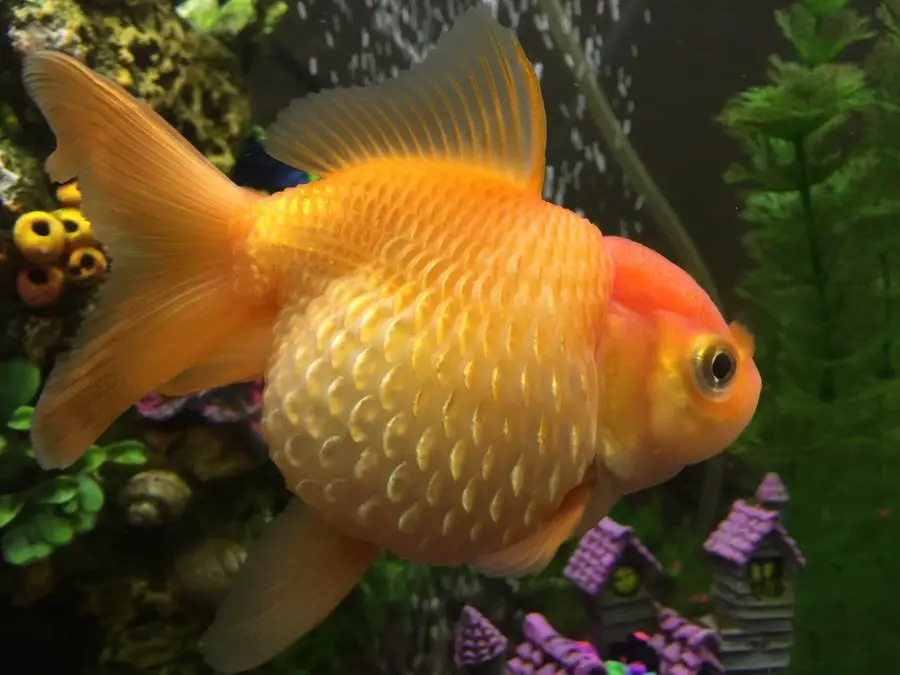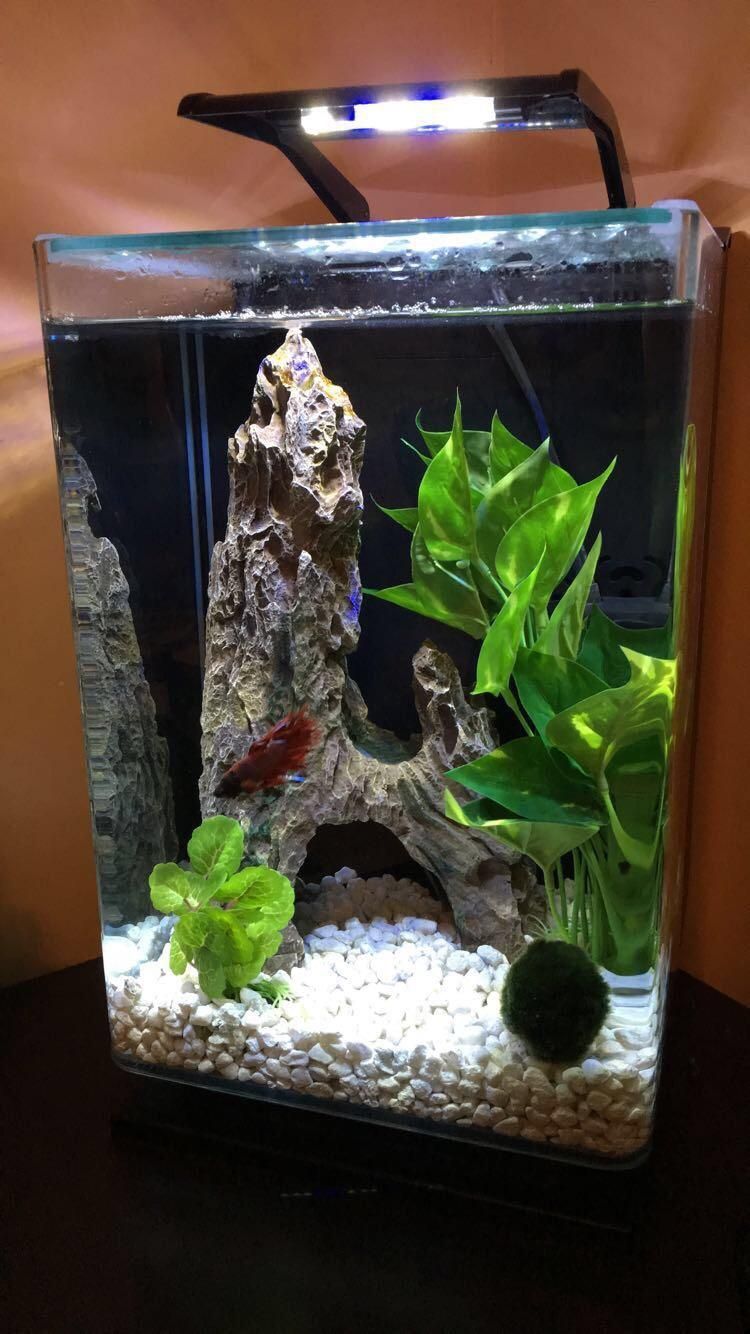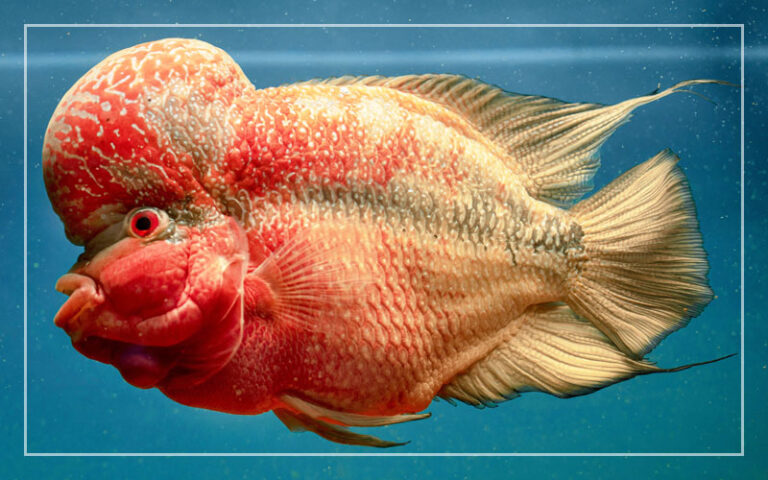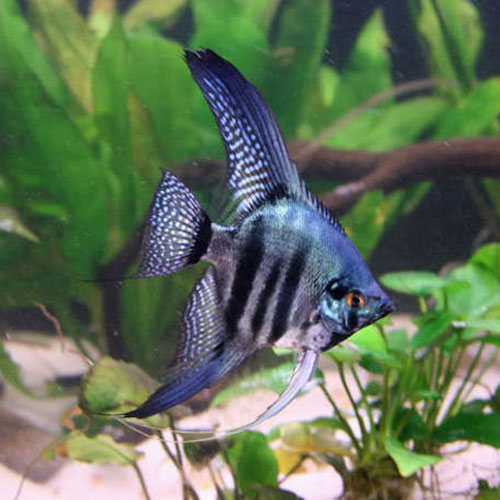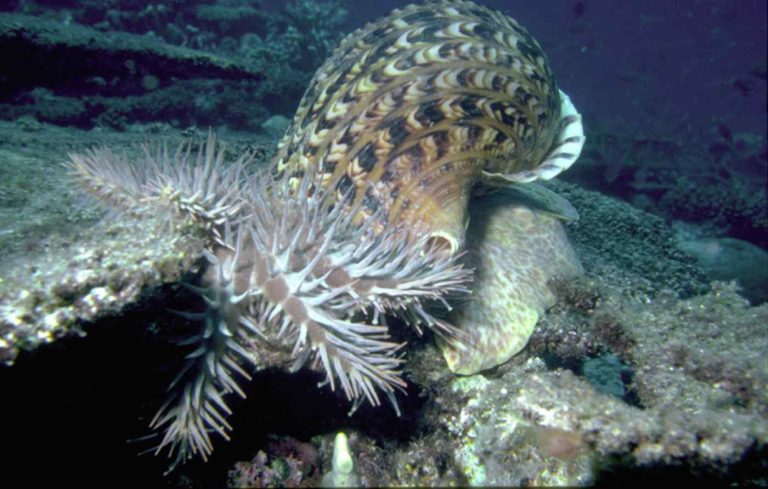Pot Belly Goldfish
Pot Belly Goldfish: Everything You Need to Know
Are you considering getting a pot belly goldfish as a pet? These adorable and unique fish have become increasingly popular among fishkeeping enthusiasts. But before you dive into this exciting venture, it’s essential to understand everything about pot belly goldfish, including their care, characteristics, and common questions. In this comprehensive article, we will explore all aspects of pot belly goldfish to help you make an informed decision.
Origins and Characteristics of Pot Belly Goldfish
Pot belly goldfish, also known as pom-pom goldfish or hamanishiki, originated in Japan. These fancy goldfish stand out due to their distinctive features, such as their round, balloon-like body shape and the double tail. The name “pot belly” accurately describes their unique physique, as their body resembles a bulging pot.
These goldfish come in a variety of colors, including red, orange, black, white, and combinations of these hues. Another striking feature of the pot belly goldfish is the pom-poms or nasal bumps located on their heads, giving them a playful, almost clown-like appearance.

The Ideal home for Pot Belly Goldfish
Creating a suitable habitat for your pot belly goldfish is crucial for their health and happiness. Here are the key considerations for setting up their home:
1. Tank Size: Pot belly goldfish require ample space to swim and explore, so a larger tank is necessary. Aim for a minimum tank size of 20 gallons for a single fish, and add an extra 10 gallons for each additional fish.
2. Filtration: Pot belly goldfish produce a considerable amount of waste, so a robust filtration system is essential to maintain water quality. Invest in a quality filter that can handle the tank’s capacity.
3. Water Parameters: These fish thrive in a well-maintained environment with stable water parameters. Optimal temperature ranges from 65 to 72 degrees Fahrenheit (18-22 degrees Celsius), and the pH should be around neutral.
4. Substrate and Decorations: Use a soft substrate, such as sand or smooth gravel, to prevent injury to their delicate bellies. Additionally, include plenty of hiding spots and decorations, like plants and caves, to provide them with a sense of security.
Feeding and Nutrition for Pot Belly Goldfish
A balanced and nutritious diet is essential to keep your pot belly goldfish healthy and thriving. Here are some feeding guidelines to follow:
1. High-Quality Pellets: Select high-quality goldfish pellets as the main staple of their diet. These pellets are specifically formulated to meet the nutritional needs of goldfish, including the pot belly variety. Look for pellets that contain a balanced mix of proteins, carbohydrates, and vitamins.
2. Supplement with Fresh Foods: Occasionally, supplement their diet with fresh foods such as peas, lettuce, spinach, and small amounts of fruits. These provide additional nutrients and variety to their meals.
3. Feed in Moderation: Overfeeding can lead to health issues and obesity, so it’s crucial to feed your pot belly goldfish in moderation. Only provide as much food as they can consume within a few minutes, 2-3 times a day.
4. Avoid Overfeeding: Goldfish have a voracious appetite and may seem hungry all the time. However, resist the temptation to overfeed them, as this can lead to digestive problems and negatively impact their health.
Tankmates for Pot Belly Goldfish
Choosing suitable tankmates is crucial for maintaining a peaceful and harmonious aquarium environment. Here are some compatible companions for your pot belly goldfish:
1. Other Goldfish: Pot belly goldfish get along well with other goldfish breeds. However, avoid housing them with long-bodied goldfish, as the pot belly’s round shape may make them slower swimmers and vulnerable to nipping or bullying.
2. Bottom-Dwelling Fish: Consider adding bottom-dwelling fish like Corydoras catfish or Bristlenose plecos to the tank. These species occupy the lower levels of the aquarium and won’t compete with pot belly goldfish for food or resources.
3. Avoid Fin-Nipping Species: Some fish tend to nip at the long trailing tails of goldfish, which can cause stress and injury. Avoid keeping fin-nippers, such as tiger barbs or certain tetra species, with pot belly goldfish.
4. Observe Compatibility: It’s essential to research the behavior and temperament of potential tankmates to ensure they are compatible with pot belly goldfish. Always introduce new fish slowly and monitor their interactions closely.
Common Health Issues and Care Tips
Like all fish, pot belly goldfish are susceptible to certain health issues. However, with proper care and attention, you can help prevent these problems. Here are some common health issues and care tips for pot belly goldfish:
1. Swim Bladder Disorders: Pot belly goldfish, like other fancy goldfish, are prone to swim bladder disorders due to their body shape. Avoid overfeeding, maintain water quality, and provide a balanced diet to reduce the risk of swim bladder problems.
2. Fin Rot: Poor water conditions or aggressive tankmates can lead to fin rot, a bacterial infection that affects the fins and tail. To prevent fin rot, maintain excellent water quality, and provide a stress-free environment for your fish.
3. Temperature Fluctuations: Goldfish are cold-water fish and can tolerate slight temperature variations. However, sudden and extreme temperature changes can stress them and make them more susceptible to diseases. Use a reliable aquarium heater or monitor room temperatures to ensure stability.
4. Monitor For Signs of Illness: Regularly observe your pot belly goldfish for any signs of illness, such as changes in appetite, unusual swimming behavior, or visible symptoms like lesions or discoloration. Promptly address any health concerns by seeking advice from an aquatic veterinarian or experienced fishkeeper.
Frequently Asked Questions
1. Do pot belly goldfish require a heater in their tank?
Pot belly goldfish are cold-water fish and can tolerate a wide range of temperatures. They do not require a heater in their tank unless the room temperature drops below 65 degrees Fahrenheit (18 degrees Celsius). In colder climates, a heater can help maintain the ideal temperature range for their well-being.
2. Can I keep pot belly goldfish in a bowl or small tank?
No, it is not suitable to keep pot belly goldfish in a bowl or small tank. These fish require ample swimming space to thrive and maintain their health. A tank size of at least 20 gallons per fish is recommended to provide the necessary space and filtration capacity.
3. How long do pot belly goldfish live?
When provided with proper care and a healthy environment, pot belly goldfish can live for 10 to 15 years or even longer. Some well-cared-for goldfish have been known to live up to 20 years or more.
4. Can I keep pot belly goldfish in an outdoor pond?
Yes, pot belly goldfish can be kept in an outdoor pond. However, it’s important to ensure that the pond is adequately sized, well-maintained, and has adequate filtration. Also, consider the local climate and ensure that the pond does not freeze completely during winter months.
5. How often should I perform water changes for my pot belly goldfish?
Regular water changes are essential to maintain optimal water quality for pot belly goldfish. Aim to change about 20-30% of the water every two weeks. However, if you have a heavily stocked tank or notice any water quality issues, more frequent water changes may be necessary.
Final Thoughts
In conclusion, pot belly goldfish are captivating and charming aquatic pets. Their unique physical features and docile nature make them a delightful addition to any aquarium. By providing a suitable habitat, balanced nutrition, and proper care, you can enjoy the companionship of these remarkable fish for many years to come. Remember to always research and educate yourself on the specific needs of pot belly goldfish to ensure their well-being and longevity. Happy fishkeeping!
